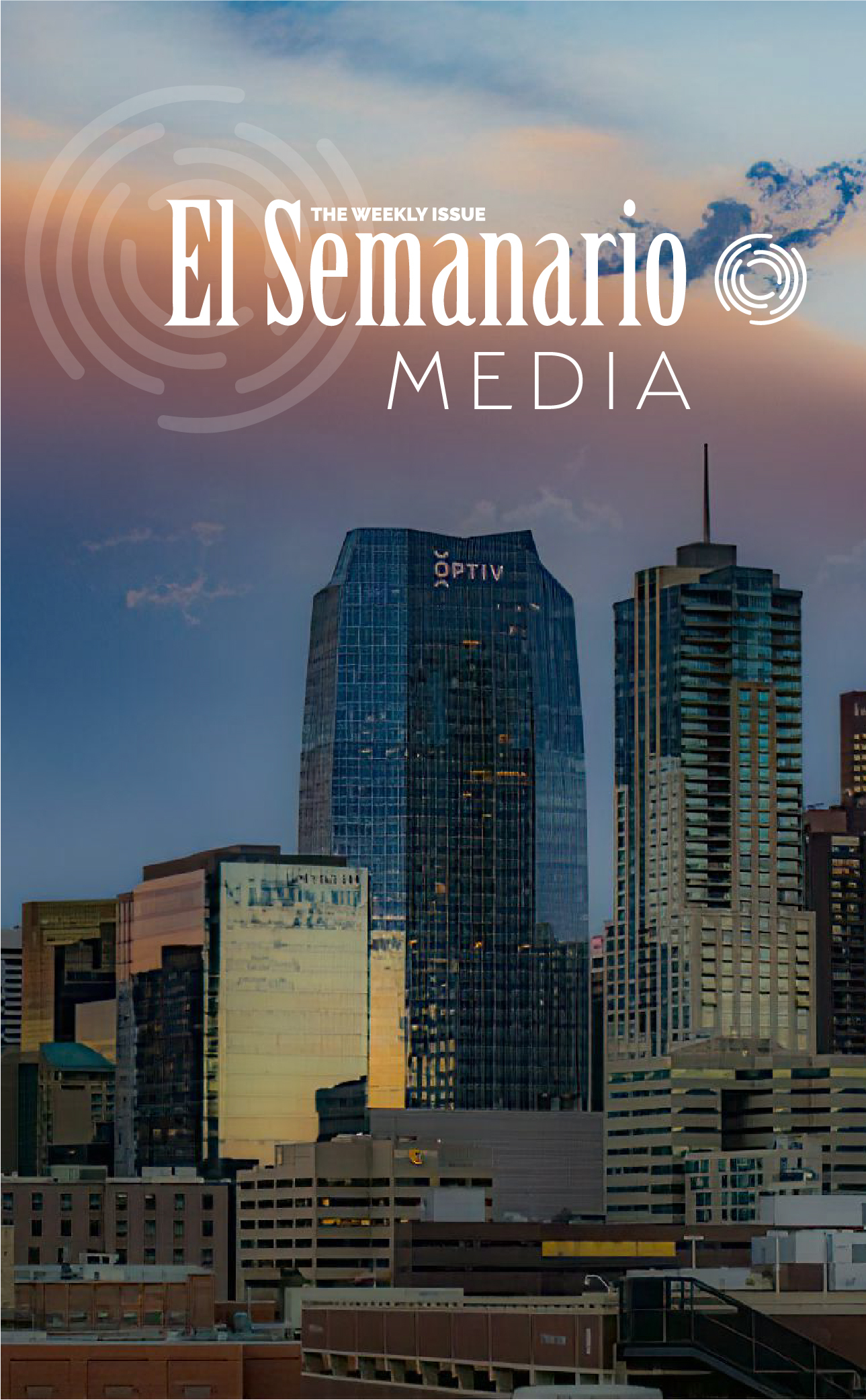In June, the Denver Art Museum (DAM) begins their Art of Summer featuring their Free First Saturday on June 2. The event features free general admission, family-friendly activities, and the return of La Musidora.
The Museum will also host bilingual fun with the storytelling program Cuentos del Arte at 11:30 a.m. and 1 p.m. and a Spanish language tour of Stampede: Animals in Art at 1 p.m. Free general admission tickets are available on-site starting at 10 a.m.
Also, on Free First Saturday, the DAM will host a launch of Stuart Semple’s “Happy Clouds” from 3-5 p.m. These soap bubble sculptures of smiley faces are part of the six-week Happy City Denver art intervention. There will also be a free screening of “Tracing Forbidden Memories,” presented in conjunction with the exhibition “Eyes On: Xiaoze Xie.”

La Musidora is a combination of the Spanish words “la música” (music) and “la mecedora” (rocking chair). Visitors can take part in this interactive outdoor art installation located on Martin Plaza near the museum’s Hamilton Building entrance. This visitor favorite is back for another year, beginning May 23rd through September 3, 2018.
This summer experience is designed by Héctor Esrawe and Ignacio Cadena of the interdisciplinary design firm Esrawe + Cadena in México City. The designers were interviewed by Ann Lambson of the Denver Art Museum.
Ann Lambson: So, tell us a little about La Musidora.
Héctor Esrawe: La Musidora is inspired [by] the rocking chair and a musical instrument…so it’s a mix of those elements that creates a single word called la musidora which is a mix of “la mecedora” and “la música” in Spanish.
The main influence, naturally, is based on the craftsmen of México. All the color palettes are influenced [by] the textiles of the traditional weaving that we have in México. We translate these expressions and these techniques into new meanings; that is something that we like to do a lot. We like to use the reference, it could be based on our heritage, and then give it a new expression and a new meaning.
Lambson: How do you hope the community will interact with La Musidora?
Ignacio Cadena: We love the casual quality of the piece. That it’s not art, and yet it is. It’s design, and yet it’s not. It’s public furniture, and yet it’s an installation. It’s everything, and people lose this fear of having contact with art or with design because it’s out there for you to use it. And we love this exploration of these ideas because we think these paradigms of culture that come out of a museum, which we think is beautiful, and that’s the whole thing behind [a] museum – to talk about culture and expressions and to just bring it out in the open space and make it more accessible and make it, in a way less, what do you say, less distant and just really practical. We love that idea.
Lambson: You’ve created a number of popular public design installations, each one is different, and yet there seems to be a thread that’s woven between these projects. Could you talk about the connections between your public installations?
Cadena: Sure, from the heart, it’s community. It’s design. It’s art. It’s expression. It’s craftsmanship. It’s bridges connecting. From an aesthetic point of view – color, simplicity, and I think detail.
Esrawe: Yes, and also to put another thing on top, is that we’re really proud of our inheritance in crafts, the background that we have as a culture. So, yes we are revisiting where we come from, [and] trying in our way to give it new meanings, and new expressions, and new languages out of it.
Lambson: You are each leading designers in your own right, how and when did you start to work together?
Esrawe: We were invited three times in three different occasions by three clients to sit at the same table without knowing each other. The third time we realized that the clients were seeing something that we hadn’t seen. So, we started to collaborate around seven years ago. And since that time, even though we kept our [separate] studios, we are related in many ways. We are partners in a perfume company, but we’ve been teaming up for the last seven years in different projects.
Cadena: Yes, and at the end of the day I think that’s really what we can teach the people that work in our studios. We are used to collaborating with many different architects, designers, other studios, and we love that. But somehow Esrawe and Cadena, both our teams have somehow found a way to speak differently to each other, to respect the work of one another, and to always when we begin a project, to learn about each other. So, it’s always really interesting because it’s never the same.
More info: Denver Art Museum is located at, 100 W 14th Avenue Pkwy, Denver, CO 80204, 720-865-5000, denverartmusuem.org/bienvenidos.
by Ann Lambson
Ann Lambson is the interpretive specialist for architecture, design, and graphics in the learning and engagement department at the Denver Art Museum.








